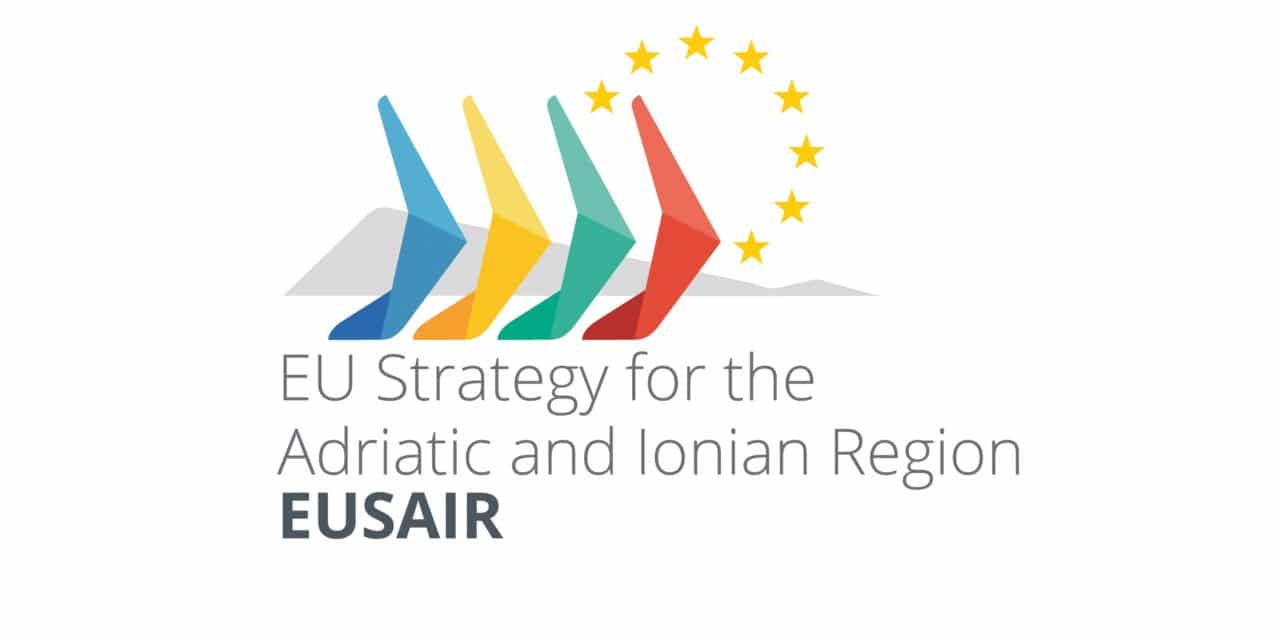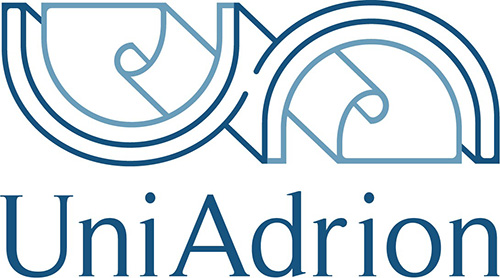For a prosperous and integrated Adriatic and Ionian Region
Home to more than 70 million people and key for Europe’s geographical continuity, the Adriatic and Ionian Region is a functional area primarily defined by the Adriatic and Ionian Sea basins.

Open Hours of Government: Mon - Fri: 8.00 am. - 6.00 pm.
+1 800 123 456 789
Home to more than 70 million people and key for Europe’s geographical continuity, the Adriatic and Ionian Region is a functional area primarily defined by the Adriatic and Ionian Sea basins.

The EU’s Strategy builds on the Adriatic-Ionian Initiative, which was launched in 2000 and involved eight countries: four EU Member States (Croatia, Greece, Italy and Slovenia) and four non-EU countries (Albania, Bosnia and Herzegovina, Montenegro and Serbia). In order to address a number of pressing socio-economic and environmental challenges facing the Region, the European Council of 13- 14 December 2012 requested the European Commission to present a new macroregional strategy for the Adriatic and Ionian Region before the end of 2014. Building on previous strategies for the Baltic Sea Region (EUSBSR) and the Danube Region (EUSDR), the Commission is now adopting a Communication and Action Plan for the EU Strategy focusing on the Adriatic and Ionian Region (EUSAIR). This new Strategy also incorporates the Maritime Strategy for the Adriatic and Ionian Seas, adopted by the Commission on 30 November 2012. The EUSAIR will promote economic growth and prosperity in the Region by improving its attractiveness, competitiveness and connectivity. It also aims at protecting the sea, coastal and inland environment and ecosystems. Moreover, the Strategy is expected to better integrate into the EU both candidate and potential candidate countries across the Region.
Challenges and opportunities facing the Region
What we see today are very noticeable socio-economic differences across the countries in the Region. While some regions enjoy low unemployment; others have jobless rates of over 30%. Gross domestic product (GDP) per head between the different countries also vary significantly. There are substantial differences in road, rail and maritime infrastructure between countries. There is also an urgent need for more investment in energy networks to ensure a secure and efficient supply across the Region. Ecosystems are under intense pressure due to the ever-increasing human use of marine and coastal space. Over-fishing, untreated waste, oil and gas pollution and the illegal hunting of migratory birds are all significant issues. In addition to major seismic activity, the Region is also under threat from climate change – flooding, drought, soil erosion and forest fires are all increasing realities. In terms of economic potential, the tourism sector is not optimally managed or exploited, and could benefit from better coordination. In addition, the Region’s administrations and institutions may benefit from opportunities for modernisation and better linkages, among others, in order to combat illegal migration and cross-border crime. Combined with other actions, the objective is to create further opportunities for smart, sustainable and inclusive growth right across the Adriatic and Ionian Region. For example, a big opportunity exists for the Blue Economy to prosper and change the face of the Region. In relation to mobility, the sea basin provides a natural waterway penetrating deep into the EU. There is thus a great potential for improved landsea connectivity and intermodal transportation. An opportunity also exists for investment in energy improvements, such as smart grids and to increase energy efficiency and the use of renewables. The area’s outstanding natural beauty and rich cultural, historic and archaeological heritage also has obvious potential for sustainable, responsible and diversified tourism.
A concrete Action Plan
In a 2013 report, the Commission stressed that new macro-regional strategies should focus on a limited number of well-defined objectives and that these objectives should be implemented through a clear Action Plan. In short, the aim is to go from ‘words to actions’ by identifying concrete priorities for the macro-region making the best use of existing institutions, legislation and funds for a quick turnaround. The EUSAIR is built on four thematic pillars: • Blue Growth. • Connecting the Region. • Environmental quality. • Sustainable tourism. Moreover, ‘Strengthening R&D, Innovation and SMEs’ and ‘Capacity building, including communication’ are two cross-cutting aspects across each pillar.

